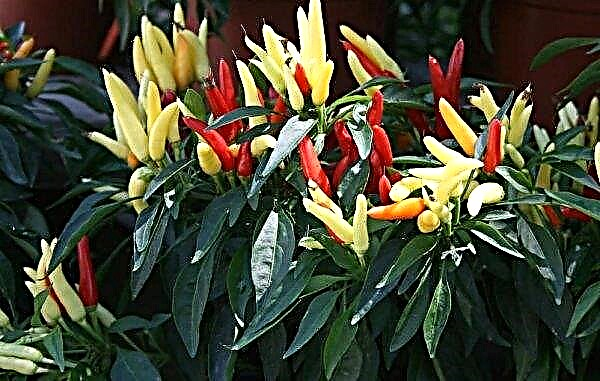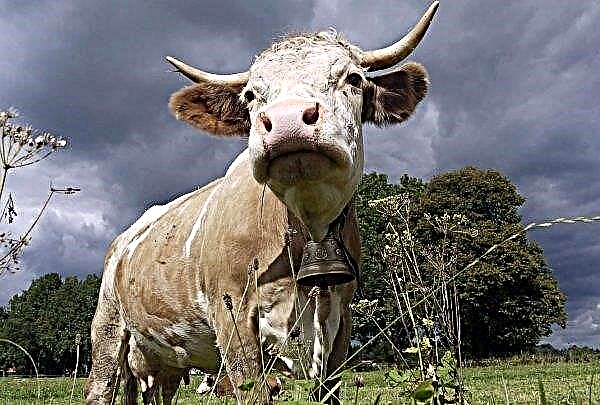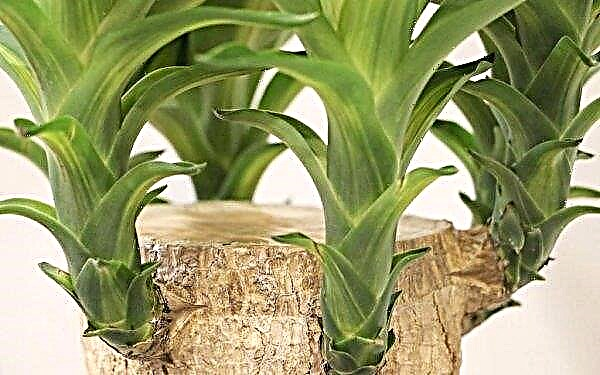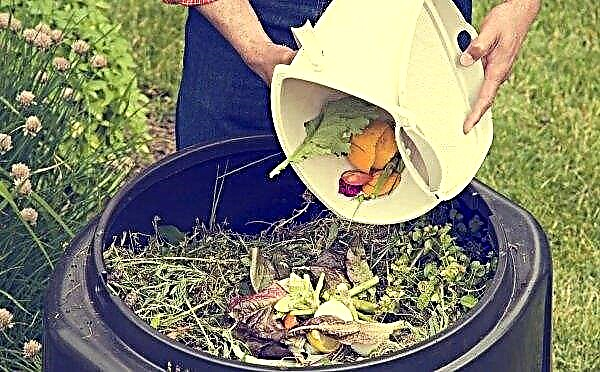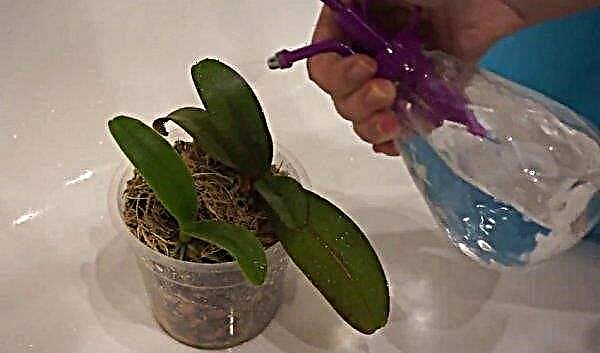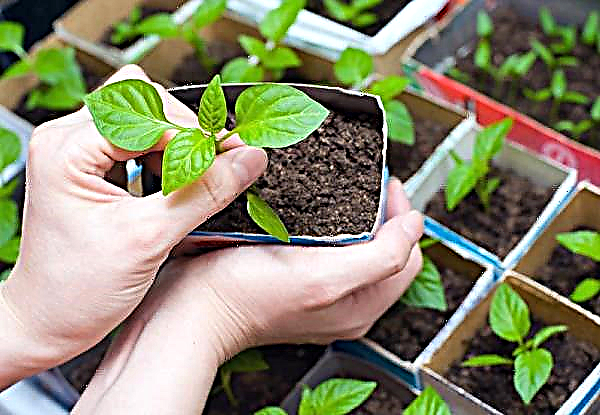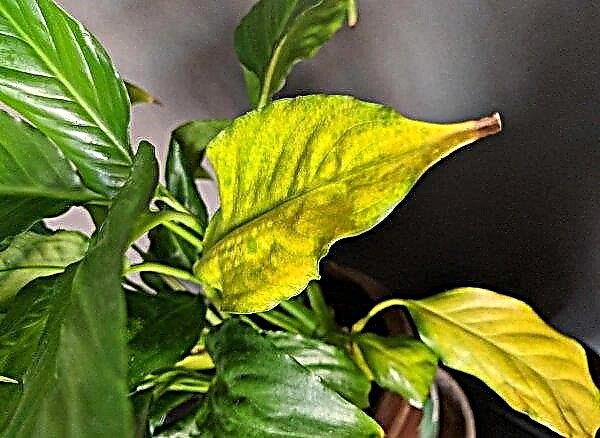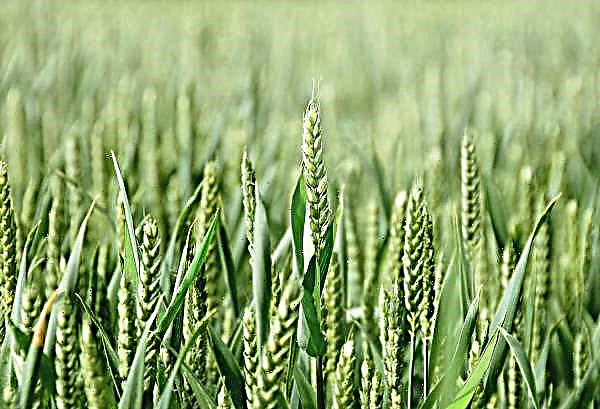Like many solanaceous, eggplant (or, as it is popularly called blue), loves heat and does not tolerate high humidity and temperature fluctuations. It is these moments that become the main causes of eggplant diseases. Therefore, the fight and prevention become the main activities. And what troubles you may encounter when growing a crop in a greenhouse, and also how to treat the plants and how to prevent the occurrence of diseases, we will consider further.
The main causes of eggplant diseases in the greenhouse
Growing healthy blue ones is much more difficult than other nightshade ones. This culture has rather fragile roots, as well as high requirements for temperature and humidity. In addition, this plant needs fertile soil.
With the slightest violation of the conditions, the eggplant is stressed, it has reduced immunity and becomes susceptible to diseases and defenseless against harmful insects. The bush begins to fade and discards foliage and inflorescences.
Important! The optimum temperature for eggplant is + 25 ... + 28 ° C, humidity - 75–80%. If the indicators stay below + 10 ° C for several days, the plant dies.
Many people prefer to grow eggplants in sheltered ground, where temperature differences are less felt and humidity is easier to control, but under these conditions diseases and parasites spread faster. And the reason for this phenomenon is the lack of ventilation, dryness or too high humidity.
The main diseases of eggplant in the greenhouse and methods for their treatment
Diseases affect eggplants at all stages of development. And the treatment depends entirely on the type of lesion and is performed according to the standard scheme.
Viral
Pathogens often attack eggplant. The most effective method of dealing with them is prevention. Ways of infection can be different: soil, plant debris, pests.
But, in order not to miss the time and start the fight, you need to know what to fight with:
- Tobacco stick. Light or dark green spots on the leaves indicate infection. When the virus spreads, it infects the fruits and yellow spots appear on them. The pathogen spreads through the soil, tools, insects (aphids, whiteflies, cicadas, etc.). If only the roots are infected, external signs may not be noticed and the plant will die. Unfortunately, it is difficult to fight tobacco sticks; it is better to carry out preventive measures, including treating seeds with a solution of 20% hydrochloric acid. If signs of the disease appear on seedlings, affected specimens are immediately removed.
- Strick. External signs of damage resemble a tobacco stick and measures to combat it are similar.
- Stolbur. It is transferred most often by cicadas. The leaves of infected plants change color to red-violet and fall off, the stems thicken, become brittle, the flowers are deformed and crumble. To fight the virus, it is necessary to reduce the number of cicadas, promptly remove weeds and spray the Actellik plantings. Column-resistant eggplant varieties do not exist.
Bacterial
The most common disease in this category is bacterial spotting, caused by the bacterium Xanthomonas campestris pv. vesicatoria. Appears both in the greenhouse and in unprotected soil. The pathogen affects all parts of the culture at all stages of development. The leaf plate is covered with small black dots with a yellow border. On the stems and cuttings, the spots have a more oblong shape, protruding points with watery edges form on the fruits. Later, the specks on the fruits increase and turn into ulcers.
The pathogen affects all parts of the culture at all stages of development. The leaf plate is covered with small black dots with a yellow border. On the stems and cuttings, the spots have a more oblong shape, protruding points with watery edges form on the fruits. Later, the specks on the fruits increase and turn into ulcers.
Important! Bacteria survive in plant debris and seeds. At the same time, they penetrate into the fruits through microcracks, and into the foliage through the stomata.
Xanthomonas campestris pv. vesicatoria activates at + 25 ° C and more and with an increased level of humidity.
The main prevention of bacterial spotting is seed dressing and timely cleaning of plant debris.
Treatment of the disease is ineffective, therefore, affected plants should be destroyed. Recovering seedlings will no longer yield a crop.
Fungal
This type of disease is provoked by a fungus, the spores of which can live in the soil, be transported through the air or through inventory. Under favorable conditions for the fungus, it begins to actively develop, which negatively affects the condition of the plant.
Did you know? In the United States, eggplant is called a plant egg (egg - an egg, plant - a plant), in Austria - an egg-shaped fruit (eggfruit), and on the African continent - a garden egg (garden egg).
- Gray rot (botritis). It occurs at high humidity, air temperature of about + 20 ° C, as well as in the presence of residues of infected plants on the site. Signs: watery spots appear on leaves and stems, which increase in size over time. Later, a gray coating appears on the spots. Treatment: gray rot can only be controlled with special fungicides (copper sulfate, colloidal sulfur, etc. After harvesting, the soil is decontaminated or completely replaced. Plant residues are removed and burned.
- Late blight. Another reason why leaves rot. It is found in the appearance of rusty spots on the foliage. If the humidity level is increased, then a plaque appears on the lower part of the leaf plate, and the leaves rot. They fight with late blight fungicides and copper-containing preparations (Bordeaux mixture, vitriol, Antracol, Gamair, Quadris, Consento, Fitosporin, etc. From folk recipes, tincture of garlic, whey and ash are used.
- Blackleg. It affects the plant at the seedling stage. Signs: the stem darkens and becomes thin. If the fungus reaches the root, the seedlings die. High humidity accelerates the spread of the pathogen. As a preventive measure, the level of humidity should be regulated and temperature differences not allowed. A diseased bush cannot be treated; it is destroyed.
- White rot (sclerotiniosis). It affects the stem and roots of eggplant, which are covered with a coating and whiten. Solid clots appear inside the stem that interfere with the flow of nutrients. The fruits become soft and watery. After a while, the bush dries. The main reason for the appearance of the fungus: high humidity and low temperature indicators. Treatment: the affected areas are sprinkled with ash or chalk. Prevention measures: to water with the settled, warm water, to observe a crop rotation, in time to clear beds from the remains of plants.
- Fusarium. It usually appears during the fruiting period. Pathogens penetrate into the stem from contaminated soil and clog vessels, releasing toxic substances. It is also possible the invasion of the fungus through injury to the fruit. It is found in the form of necrosis on foliage and wilting of fruits. Leaves eventually curl and fall. The activity of the fungus increases at a temperature of + 22 ... + 26 ° C, with the attendant high humidity. Often it is protracted, drains the culture and reduces productivity. To most chemicals, the fungus is immune, so the main effort should be on prevention. In the event of a disease, the affected plant is removed, and the remaining planting and soil are treated with benzimidazoles.





Disease prevention measures
Growing and caring for little blue ones requires special attention. This culture does not tolerate errors in the cultivation technique. But prevention will help protect the culture from many types of diseases.
Important! Fungi are viable for 24 months.
The main preventive measures are:
- steady implementation of the rules of agricultural technology;
- seed pretreatment;
- thorough plant care at all stages of development;
- do not grow pest crops in the neighborhood;
- regular replacement and tillage after harvesting and before planting seedlings;
- careful control of the microclimate;
- regular monitoring of plants on the fact of disease damage;
- timely harvesting of weeds and plant debris;
- regular and competent feeding;
- compliance with the rules of watering and ventilation.
 Having decided to grow eggplants in the greenhouse, you should think about disease prevention in advance.
Having decided to grow eggplants in the greenhouse, you should think about disease prevention in advance.Did you know? Botany classifies eggplant as a berry, and cooking considers it as a vegetable.
Only in this case, it will be possible to avoid trouble and collect a healthy crop. Not without reason, many consider the cultivation of this crop a test for beginner gardeners.


